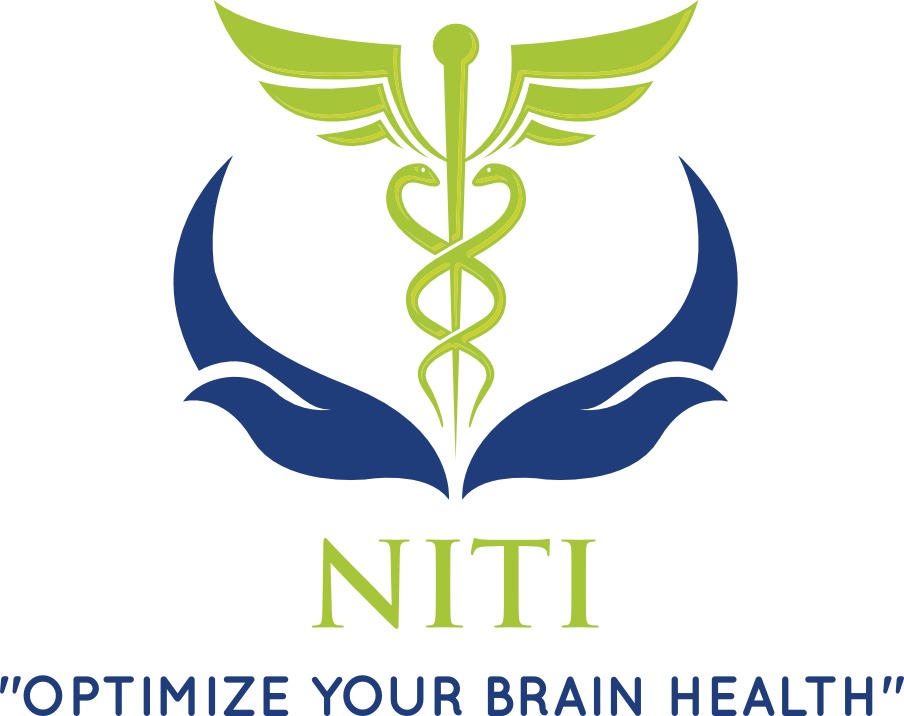Fibromyalgia
Client Testimonial about Our Unique Integrated Therapy Approach for Fibromyalgia:
I am a 19 year old female with fibromyalgia who started neurofeedback and physical therapy at the Neurofeedback & Integrated Therapy Institute in October of 2018. My symptoms in the beginning of treatment were severe pain, depression anxiety, brain fog, low energy, lack of motivation, and insomnia.
After doing neurofeedback with Mr. Ajeet Charate & physical therapy with Ms. Smita , I am experiencing the following improvements: improved mood, less body pain, little to no anxiety attacks, no brain fog, better sleep, increased energy and motivation. I can now work through my pain. I also feel ready to go back to college after being able to get through my daily activities with little pain and having an increasingly better mood. This is all because of the unique integrated therapy approach they provide at this center.
I want to thank both Ajeet and Smita for their quality care, knowledge about the treatments and patience with me. I can’t believe that I have been discussing about my career choices with them during therapy.
L.H.
Patient

What is Fibromyalgia?
According to CDC, Fibromyalgia is a condition that causes widespread pain, sleep problems, fatigue, and often psychological distress.
• Symptoms:
People suffering from fibromyalgia may have the following symptoms:
• Morning stiffness.
• Tingling or numbness in hands and feet.
• Headaches, including migraines.
• Irritable bowel syndrome.
• Sleep disturbances.
• Cognitive problems with thinking and memory (sometimes called “fibro fog”).
• Painful menstrual periods and other pain syndromes.
• Prevalence:
The prevalence of fibromyalgia is about 2%, affecting an estimated 5 million adults in 2005. Prevalence was much higher among women than men (3.4% versus 0.5%).Most people with fibromyalgia are women (Female: Male ratio 7:1). However, men and children also can have the disorder. Most people are diagnosed during middle age and prevalence increases with age.
Non Pharmacological Interventions:
Neurofeedback, Biofeedback and HeartMath training.
If you suffer from symptoms of CFS and Fibromyalgia a quantitative EEG assessment (QEEG) can assist in identifying some of the underlying issues related to your symptoms. Our trained clinicians will customize a treatment plan that will include a combination of effective neurofeedback treatments (LENS and traditional neurofeedback treatments) with HeartMath training and counseling.
Some of the Benefits of training with HeartMath:
Training with HeartMath and learning to control anxiety can be truly life-transforming. The following are among the key benefits of training.
• Stress hormones decrease.
• Energy level increases.
• Decrease negative thinking and procrastinations.
• Improve overall quality of life.
• Improve test preparation / job performance
Some of the Benefits of training with LENS and traditional neurofeedback for CFS & Fibromyalgia:
It helps to re-train the brain and or optimize the functioning of the entire brain by removing barriers and improving the connections and brainwave activity in a certain region of the brain or among different regions of the brain. It releases the old stuck or abnormal patterns to create new and more effective, stronger and organized patterns. Training protocols are generated from the initial QEEG brain mapping. Training involves audiovisual feedback that involuntarily teaches the individual to self-regulate the abnormal brain wave patterns that are presented to them on computer screen in a number of ways.
Types of neurofeedback therapy used:Traditional neurofeedback. Coherence (communication) training. Z-Score Training
FREE CONSULTATION:
Make an appointment today to find out how QEEG guided neurofeedback treatments with HeartMath trainings can assist in improving your quality of life and give you a long term relief from CFS & Fibromyalgia symptoms.
Supportive Research Articles:
Additional Research Studies:
1. Donaldson, C. C. S., Sella, G. E., & Mueller, H. H. (1998). Fibromyalgia: A retrospective study of 252 consecutive referrals. Canadian Journal of Clinical Medicine, 5 (6), 116127.
2. Hammond, D. C. (2001). Treatment of chronic fatigue with neurofeedback and self-hypnosis. NeuroRehabilitation, 16, 295–300.
3. James, L. C., & Folen, R. A. (1996). EEG biofeedback as a treatment for chronic fatigue syndrome: A controlled case report. Behavioral Medicine, 22(2), 77–81.
4. Kayrian, S., Dursun, E., Ermutlu, N., Dursun, N., & Karamursel, S. (2007). Neurofeedback in fibromyalgia syndrome. The Journal of the Turkish Society of Algology, 19(3), 47–53.
5. Mueller, H. H., Donaldson, C. C. S., Nelson, D. V., & Layman, M. (2001). Treatment of fibromyalgia incorporating EEG-driven stimulation: A clinical outcomes study. Journal of Clinical Psychology, 57(7), 933–952.
6. Tansey, M. A. (1993). Neurofeedback and chronic fatigue syndrome: New findings with respect to diagnosis and treatment. CFIDS Chronicle, 9, 30
• Research Articles for Fibromyalgia
Treatment of Fibromyalgia Incorporating EEG-Driven Stimulation: A Clinical Outcomes Study [abs.]
by Mueller HH, Donaldson CC, Nelson DV, Layman M
ABSTRACT
Thirty patients from a private clinical practice who met the 1990 American College of Rheumatology criteria for fibromyalgia syndrome (FS) were followed prospectively through a brainwave-based intervention known as electroencephalograph (EEG)-driven stimulation or EDS. Patients were initially treated with EDS until they reported noticeable improvements in mental clarity, mood, and sleep. Self-reported pain, then, having changed from vaguely diffuse to more specifically localized, was treated with very modest amounts of physically oriented therapies. Pre- to posttreatment and extended follow-up comparisons of psychological and physical functioning indices, specific FS symptom ratings, and EEG activity revealed statistically significant improvements.
Neurofeedback Improves Symptoms Of Fibromyalgia In A Randomized, Controlled Study
by Fisher A PHD
ABSTRACT
In a recently published article in the journal, Applied Psychophysiology and Biofeedback, researchers report that neurofeedback, a form of biofeedback, significantly improves symptoms of fibromyalgia syndrome (FMS). The authors devised a well thought out study that included a total of 36 patients who experienced FMS. Patient were randomly assigned to 1 of 2 groups: 18 in a neurofeedback group and 18 in an Escitalopram (i.e., Lexipro) group.
Neurofeedback Intervention in Fibromyalgia Syndrome; a Randomized, Controlled, Rater Blind Clinical Trial [abs.]
by Kayran S, Dursun E, Dursun N, Ermutlu N, Karamürsel S
ABSTRACT
We designed a randomized, rater blind study to assess the efficacy of EEG Biofeedback (Neurofeedback-NFB) in patients with fibromyalgia syndrome (FMS). Eighteen patients received twenty sessions of NFB-sensory motor rhythm (SMR) treatment (NFB group) during 4 weeks, and eighteen patients were given 10 mg per day escitalopram treatment (control group) for 8 weeks.
Your Health Starts Here
If you think that you or someone you know may benefit from our treatments
please call for a free consultation at 815-931-0047


